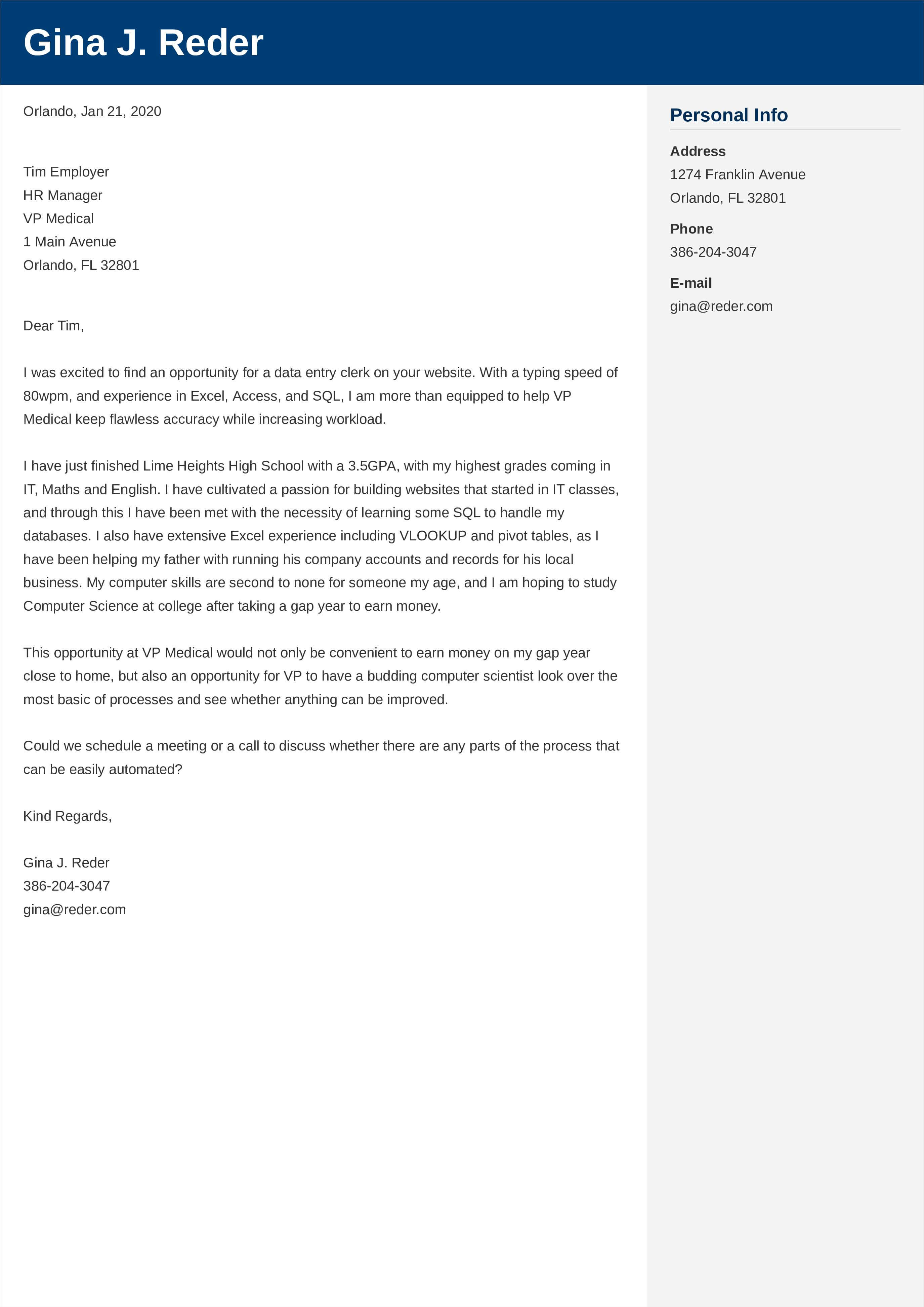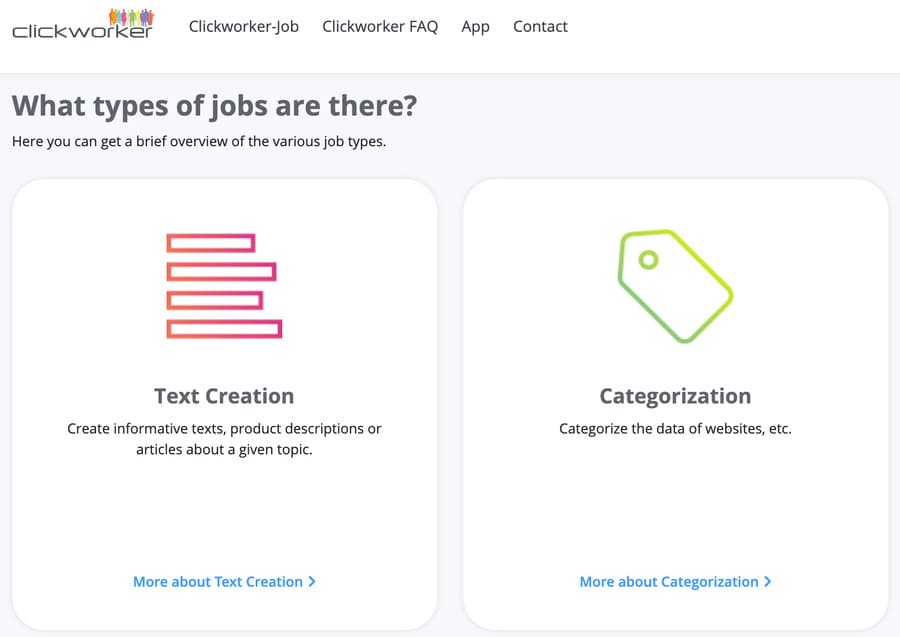Discovering the World of Data Entry: Job Roles and Responsibilities
Data entry is a crucial function in various industries, including healthcare, finance, and e-commerce. It involves accurately and efficiently entering information into computer systems or databases, ensuring that data is up-to-date and easily accessible. With the increasing demand for digital data, the role of data entry professionals has become more prominent. If you’re interested in learning how to get a data entry job, understanding the different types of data entry roles and responsibilities is essential.
Data entry jobs can be categorized into full-time, part-time, and freelance positions. Full-time data entry professionals typically work in an office setting, entering data for a specific company or organization. Part-time data entry jobs, on the other hand, may involve working remotely or on a flexible schedule. Freelance data entry professionals work on a project-by-project basis, often for multiple clients.
Some common data entry job roles include data entry clerk, data entry specialist, and data processing assistant. These professionals are responsible for entering data into computer systems, maintaining accurate records, and ensuring data quality. They may also perform tasks such as data cleaning, data validation, and data reporting.
In addition to these roles, there are also specialized data entry positions, such as medical data entry, financial data entry, and e-commerce data entry. These professionals require specific knowledge and skills related to their industry, such as medical terminology or financial regulations.
Understanding the different types of data entry jobs and responsibilities can help you determine which role is best suited for your skills and interests. By learning how to get a data entry job, you can embark on a rewarding career in this field and take advantage of the many opportunities available.
Acquiring Essential Skills for Data Entry Success
To succeed in a data entry role, it’s essential to possess a combination of technical, business, and soft skills. One of the primary skills required for data entry jobs is typing speed and accuracy. A high level of proficiency in typing can significantly improve productivity and reduce errors. Employers often look for candidates who can type at a speed of at least 40 words per minute, with an accuracy rate of 95% or higher.
Attention to detail is another critical skill for data entry professionals. This involves carefully reviewing data for errors, inconsistencies, and inaccuracies, and making corrections as needed. Data entry professionals must also possess basic computer knowledge, including familiarity with operating systems, software applications, and hardware components.
Software proficiency is also a vital skill for data entry jobs. Employers often require candidates to be proficient in specific software applications, such as Microsoft Excel, Google Sheets, or database management systems. Knowledge of data entry software, such as Zoho Inventory or TradeGecko, can also be beneficial.
In addition to technical skills, data entry professionals must also possess strong organizational and time management skills. This involves prioritizing tasks, managing multiple projects, and meeting deadlines. Effective communication and teamwork skills are also essential, as data entry professionals often work with other departments and teams to ensure data accuracy and completeness.
When learning how to get a data entry job, it’s essential to focus on acquiring these essential skills. By developing a strong foundation in technical, business, and soft skills, you can increase your chances of success in the data entry field and advance your career.
How to Create a Strong Data Entry Resume and Cover Letter
When learning how to get a data entry job, having a well-crafted resume and cover letter is crucial. These documents serve as the first impression for potential employers, and a strong resume and cover letter can make a significant difference in getting noticed. A data entry resume should highlight relevant skills, experience, and education, with a focus on technical skills such as typing speed, software proficiency, and data entry software knowledge.
A well-structured resume should include a clear and concise objective statement, a summary of relevant experience and skills, and a detailed education section. When creating a data entry resume, use keywords and phrases commonly used in the industry, such as “data entry,” “data processing,” and “database management.” This will help your resume pass through applicant tracking systems (ATS) and catch the eye of hiring managers.
A cover letter should complement the resume, providing more details about relevant experience and skills. It should also demonstrate enthusiasm and interest in the role, as well as a willingness to learn and grow with the company. When writing a cover letter, use specific examples to illustrate skills and experience, and avoid generic phrases and sentences.
Some examples of data entry-specific keywords and phrases to include in a resume and cover letter are:
- Data entry software proficiency (e.g., Microsoft Excel, Google Sheets)
- Typing speed and accuracy
- Database management skills
- Data processing and analysis
- Attention to detail and quality control
By incorporating these keywords and phrases, and following best practices for resume and cover letter writing, you can increase your chances of getting noticed by potential employers and landing a data entry job.
Navigating the Job Market: Where to Find Data Entry Job Openings
When learning how to get a data entry job, it’s essential to know where to find job openings. The job market for data entry professionals is competitive, and having a solid understanding of the various job search platforms, websites, and resources can help you stay ahead of the competition. In this section, we’ll explore the most popular job search platforms, websites, and resources for finding data entry job openings.
LinkedIn is one
Navigating the Job Market: Where to Find Data Entry Job Openings
When learning how to get a data entry job, it’s essential to know where to find job openings. The job market for data entry professionals is competitive, and having a solid understanding of the various job search platforms, websites, and resources can help you stay ahead of the competition. In this section, we’ll explore the most popular job search platforms, websites, and resources for finding data entry job openings.
LinkedIn is one
Navigating the Job Market: Where to Find Data Entry Job Openings
When learning how to get a data entry job, it’s essential to know where to find job openings. The job market for data entry professionals is competitive, and having a solid understanding of the various job search platforms, websites, and resources can help you stay ahead of the competition. In this section, we’ll explore the most popular job search platforms, websites, and resources for finding data entry job openings.
LinkedIn is one
Navigating the Job Market: Where to Find Data Entry Job Openings
When learning how to get a data entry job, it’s essential to know where to find job openings. The job market for data entry professionals is competitive, and having a solid understanding of the various job search platforms, websites, and resources can help you stay ahead of the competition. In this section, we’ll explore the most popular job search platforms, websites, and resources for finding data entry job openings.
LinkedIn is one
Navigating the Job Market: Where to Find Data Entry Job Openings
When learning how to get a data entry job, it’s essential to know where to find job openings. The job market for data entry professionals is competitive, and having a solid understanding of the various job search platforms, websites, and resources can help you stay ahead of the competition. In this section, we’ll explore the most popular job search platforms, websites, and resources for finding data entry job openings.
LinkedIn is one






